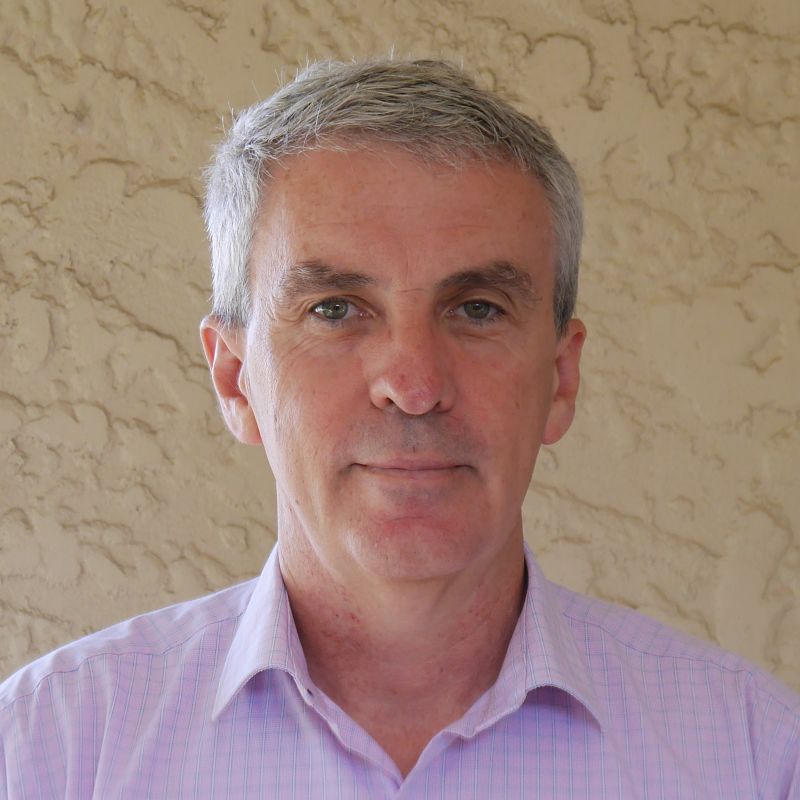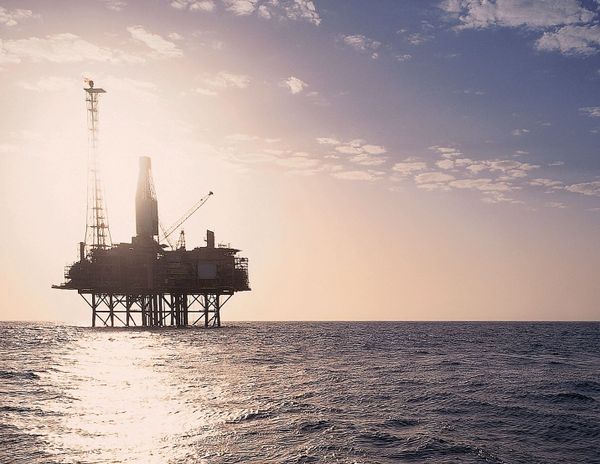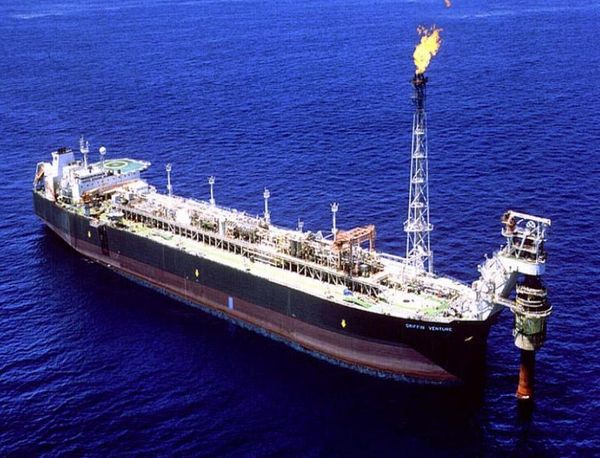Star of the South still in regulatory abyss
Offshore wind power is growing across the globe but Australia's only proposed project off Victoria has no regulation system to seek approval from.

This article was first published in Australian Energy Daily © Peter Milne.
While offshore wind power is now competitive in Europe and expanding to China the A$8 billion Star of the South project off Gippsland has to move forward with no clear idea of the regulatory hurdles it has to jump.
This stands in contrast to an oil and gas company with an exploration permit in waters off Gippsland. It has an established regulatory system outlining its rights to produce if exploration is successful.
Copenhagen Offshore Partners, the Danish backer of the 2,000 megawatt Star of the South, was awarded a deed of license by the Commonwealth Government in March allowing it to undertake studies off the Gippsland coast.
It’s not the only proponent interested in offshore wind developments in the area, but investment won’t come until the regulatory model becomes clearer, according to Stuart Smith, chief executive of the National Offshore Petroleum Safety and Environmental Management Authority.
Smith toured Europe, the home of offshore wind, earlier this year to report on how best to regulate offshore renewable energy in Australia.
Speaking for himself, not the government or NOPSEMA, Smith told Australian Energy Daily that some big players were interested in investing in Australia but “it's on the basis that Australia has an established regulatory model and until that’s in place, they will not consider investing here”.
In Europe Smith saw that countries varying regulatory approaches produced very different offshore wind industries.
Lessons from Europe
Supportive government policies that reduce risk can drive down financing costs that account for between 35% and 50% of the cost of offshore wind power according to the International Energy Agency’s Offshore Wind Outlook 2019 released in October.
The Danes became the early adopters of offshore wind power after suffering heavily from the 1970s oil shocks as they lacked indigenous energy supplies. The Danish Energy Agency identified sites, built connections to the grid and specified the turbine design, then went to tender for the best price.
Smith said controlling the design used in early days of offshore wind has helped Denmark capture a market share of wind turbine manufacture well beyond its economic size. In 2018 Vestas was the largest manufacturer in the world with a 20% market share.
In contrast Germany did not favour its own manufacturers and now has less market share than Smith would have expected from a giant in sophisticated manufacturing.
France allowed any party to appeal the approval of a wind farm project and as a result no offshore wind farms have yet been constructed. One tender called in 2012 finally cleared its last legal hurdle in July. Smith said the original tenders specified turbine designs that were out of date by the time projects are approved.
Scotland has backed offshore wind as a replacement for its offshore oil and gas sector.
“As one industry goes into decline the other industry emerges and skills can be transferred,” Smith said.
An Australian solution required
Victorian unions last week supported offshore wind for the same reason in a report that called for the Commonwealth Government to urgently develop an offshore renewables act and work with state governments identify the best locations.
The sea off Gippsland chosen by Star of the South is one of those locations. Smith said a number of proponents were interested as the water was not too deep, it was close to existing transmission infrastructure in the Latrobe Valley and the wind had a supply profile that matched Melbourne’s needs well.
The IEA compared the high capacity and low variability of offshore wind to other so-called baseload technologies.
Smith said while offshore wind installations could be 40% more expensive than onshore wind turbines the wind was stronger and more consistent, bigger turbines that are more efficient could be installed and there were less community and environmental concerns including fewer birds killed.
In Europe specialised ships are used to install wind turbines efficiently. Smith said installation in Australia could cost more as a single wind farm would be unlikely to offer enough work to justify the mobilisation of one of these vessels to Australia.
Floating wind turbines have been developed that would allow the wind turbines to be assembled onshore. Last week Shell bought French offshore floating wind developer EOLFI as it grows its non-oil and gas New Energies division.
Smith said these could open up new areas such as off Sydney where the water is too deep for fixed structures.
While Australia decides how to progress its offshore wind industry the IEA expects it to expand 13% a year globally under current policies to reach 20 gigawatts of new capacity annually by 2030 - the equivalent of 10 Star of the South projects.
Offshore wind farms In Europe are now winning power supply tenders without subsidy and the IEA expects the levelised cost of electricity to decline 60% by 2040.
Australian Energy Daily asked Energy Minister Angus Taylor what progress was being made towards a regulatory mechanism for offshore wind farms but the question was not answered.
Instead, a Department of Environment and Energy spokesperson said any regulatory framework for offshore energy infrastructure should be technology agnostic, cover both transmission and generation and consider concerns such as freedom of navigation and environmental impacts.
The Star of the South is preparing to conduct site investigations this month for its 250 turbine project.
“It’s still early days and we’re continuing to work with government, the community and other stakeholders to progress this massive project,” a spokesperson said.
Main image: NOPSEMA chief executive Stuart Smith. Source: NOPSEMA.




